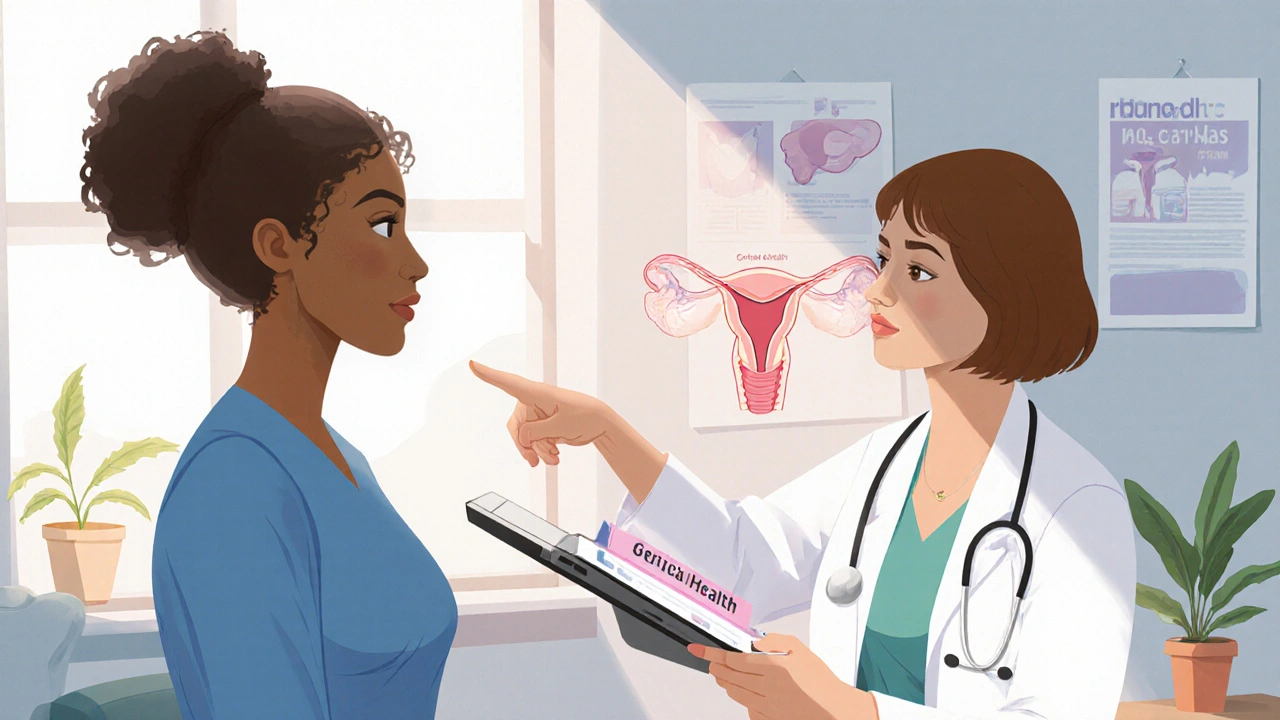Trichomoniasis: What You Need to Know
When dealing with Trichomoniasis, a common sexually transmitted infection caused by the protozoan parasite Trichomonas vaginalis. Also known as trich, it affects millions of people worldwide each year, many people wonder how it shows up and what to do about it. This infection encompasses the presence of a protozoan parasite, a single‑celled organism that thrives in the low‑pH environment of the genital tract. Because it spreads through sexual contact, it is classified as a sexually transmitted infection, an infection passed primarily through vaginal, oral, or anal sex. Understanding this link helps you see why safe practices matter.
The hallmark sign that prompts testing is a mix of uncomfortable symptoms. Women often notice frothy, green‑ish discharge, itching, or burning during urination, while men might experience irritation inside the penis or a mild discharge. However, up to 50% of infected people show no symptoms at all, which makes routine testing crucial, especially if you have new or multiple partners. Modern clinics use either a rapid antigen test or nucleic‑acid amplification (NAAT) to pinpoint Trichomonas vaginalis quickly and accurately. Early detection not only eases symptoms faster but also prevents the infection from spreading.
Effective Treatment and What to Expect
The go‑to cure is a single dose of Metronidazole, the first‑line antibiotic that eradicates the parasite in most cases. In a few instances, doctors may prescribe a longer course of tinidazole if resistance is suspected. Both medications are safe for most adults, but they shouldn’t be taken with alcohol for 24 hours afterward to avoid unpleasant reactions. Treatment also requires that sexual partners receive the same medication to stop re‑infection cycles. After completing the dose, a follow‑up test in a few weeks confirms the infection is cleared.
Beyond medication, you can lower your risk by using condoms consistently, limiting the number of sexual partners, and getting regular STI screenings. Pregnant women with trichomoniasis face a higher chance of preterm birth, so early testing during prenatal visits is a smart move. If you’re planning a pregnancy, a quick test and treatment can protect both you and your baby.
Many people wonder whether trichomoniasis can coexist with other STIs. The answer is yes—co‑infection with chlamydia, gonorrhea, or HIV is common, and each condition can worsen the others. That’s why comprehensive STI panels are often recommended if you test positive for trich. Knowing the full picture helps your healthcare provider choose the right treatment strategy and advise on lifestyle changes that support overall reproductive health.
In short, trichomoniasis is a treatable infection, but its silent nature means you need to stay proactive. Recognize the symptoms, schedule a test if you’re at risk, and follow the prescribed medication regimen. Below you’ll find a curated set of articles that dive deeper into related topics—ranging from how to buy safe generic medications online to managing other health conditions that often appear alongside STIs. Use these resources to arm yourself with practical knowledge and make informed health decisions.

 Sep, 28 2025
Sep, 28 2025